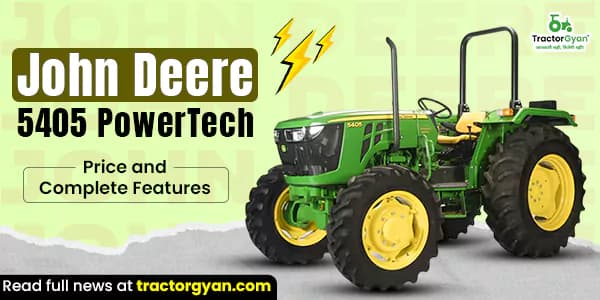Understand the Differences between Sharecropping and Tenant Farming
टेबल ऑफ कंटेंट
Tenant farming is an agricultural production system in which landowners leased out their land to others, who don't have their lands; either on rent or free of cost without transferring the title of the land. Whereas, Sharecropping is a legal arrangement concerning agricultural land in which a landowner allows a tenant to use the land in return for a share of the crops produced on that land. There is no difference between tenant farming and sharecropping because sharecropping is one form of tenant farming. To the extent that there is a difference, you can say that sharecropping is the form of tenant farming that is least beneficial to the tenant.
So, this article will differentiate between these two types of farming systems in India in 2023.
The agricultural sector is still considered an important part of the Indian economy because more than half of the Indian population relies on agriculture or farming for their livelihood. Agriculture and allied sectors in India contribute around 17 per cent to the country’s Gross Value Added (GVA). Since independence, there has been an increase in the population of India from a mere 36 crores in 1951 to 122 crores during the years 2010-11. However, the percentage of the rural population decreased steadily from 82.7 per cent to 68.9 per cent in the country. As per the statistics, out of the total working population, the country has 54.6 per cent agricultural workers and most of the rural population directly or indirectly relies on agriculture activities/occupations.
As per the study of NSSO, tenancy reached from 6.6 per cent to 10.4 per cent in India during 2003-13. Andhra Pradesh (35.7 %), Bihar (22.7%), Haryana (14.8 %), Odisha (16.9 %), Tamil Nadu (13.5 %) and West Bengal (14.7 %) are a few states in terms of acreage under the tenancy. The majority of state governments in India restricted agricultural land leasing that forced insecure and informal tenancy without any legal sanctity. Tenant farmers are mostly marginal farmers and landless labourers who face problems during cultivation due to natural disasters like floods and droughts. Even most of them are unable to get the benefits of subsidies and agricultural insurance which require land ownership documents.
Thus, land is a scarce resource in 2023 and with increasing urbanization, tenancy-based agriculture is likely to increase in future.
So, without wasting much time let's learn to understand the differences between sharecropping and tenant farming in detail.
What is Sharecropping?

Sharecropping is one of the traditional cropping systems in India that involves both landowner's and farmer's resources. In this system, the landowner gives his land to any other farmers for a pre-decided time. The responsibility of the farmer is to cultivate the land and takes care of the farm by performing all the management practices. Finally, the yield obtained is then divided between the farmer and the landowner. The proportion the landowner receives is pre-decided. Generally, it stays between 40 to 60 per cent. In this case, both the farmer and the owner take the risk of harvest. The amount of harvest and all other fluctuations, including the price, will directly affect both the shares. Sharecropping has a long history and later it developed into different systems such as fixed tax and fixed crop rent systems.
In short, Sharecroppers farm on owners’ land and never own anything on their own as they are fully dependent on the landowners for the purchase of farming inputs and equipment. In return, the farmers have to pay input and equipment costs by exchanging the large portion of crops produced by them. This way, farmers get less benefit.
Hence, the sharecroppers are the poor farmers who were unable to make a profit with crops produced as the cost of purchase was deducted from the earnings from crops sold.
What is Tenant Farming?

Tenant farming is a bit similar to sharecropping but has a more diverse meaning. Tenant farming is the system where a farmer rents land from the landowner for a certain period. And pay back in cash or a fixed portion of the farm output depending on the contract agreement between the farmer and the landowner.
In short, Tenant is a farmer who involves in cultivation practices on another person’s land, by paying him rent, share, or tax. In tenant farming, the farmer lives in the same agricultural land or place for a given cultivation period. Normally, the farmers did not completely depend on landowners except for land and house, which they paid rent for them. Here, the farmers mostly bring the necessary equipment and inputs for the farm on their own.
The landowner contributes to the cultivation by giving the land or sometimes providing the capital. Generally, The contract of tenant farming is either signed for a fixed year or tenancy at will. Since the farmers possess control over agricultural production, they have the right to decide on their harvested product and can even make small profits from crop production.
Difference Between Sharecropping And Tenant Farming
| Sharecropping | Tenant farming |
|---|---|
| In sharecropping, the land owner allows a tenant to use the land in return for a share of the crop produced. | Tenant farming is one step up from sharecropping. The tenant uses the land and pays pre-decided fixed rent; whether in cash or crop. |
| Landowners provide farmers with land, a house, farming tools, animals, seeds and fertilizer. | Tenant farmers purchase agricultural equipment and inputs on their own. |
| Workers pay a share of crops to the owner. | Tenant farmers pay in proposed cash price or share of the crop. |
| During the growing season, landowners provide farmers with food, medicine, clothing, and other supplies on “credit”. | Tenant farmers made living from their profit. |
| Sharecroppers have a risk of going into debt year after year | They don't carry any debt towards landowners. |
| Sharecroppers have to plant the crop according to the landowner's wish. | Tenant farmers can plant whatever they want |
| Sharecroppers rarely had any cash and little hope of ever buying their land and equipment. They made little or no money. | Tenant farmers made their own money - if able to sell produce at a fair price. |
| More dependent on land owners. | Less dependent on land owners. |
| Sharecroppers have less control over crops produced | Tenant farmers have more or full control over produced. |
| For Example - landowners get 50% of the crop. | For example - the landowner gets 10,000 or 10,000 worth of crops. |
Conclusion
Thus, the understanding of differences between sharecropping and tenant farming shows that the landless farmers involved in farming as sharecroppers have less control over the crops produced and gets less benefit than the tenant farmers. On the other hand, tenant farmers have full control over the crops produced and differ in dependency on the owners for purchasing inputs and equipment. Moreover, they possess the right to decide crop share and farming, and the benefits obtained from the earning of crop produced, which makes tenant farming better than sharecropping.
About TractorGyan
Tractor Gyan is an expert-led platform that aims to empower Indian farmers by providing accurate and timely information, and technological advancement about tractors and farm equipment in India.
TractorGyan helps farmers with New Tractor information, Compare Tractors, Tractor prices, Buying and selling of second-hand tractors, Tractor Insurance, Tractor Finance, Tractor tyre, Tractor Implements, Tractor EMI calculator and more.
On our Platform, we have information about leading brands :
-
In tractors like New Holland, Preet, Farmtrac, John Deere
-
In Tyres like BKT, Ceat, Apollo etc.
-
In Tractor Loan/Finance like Kotak Mahindra Bank, Induslnd Bank, etc.
-
In Tractor Implements like Kartar, Fieldking, Landforce, KMW, etc.
-
In Tractor Insurance like Mahindra Finance, Axis Bank, ICICI Bank, etc.
TractorGyan is Helping India mechanise by delivering crucial information about tractor buying and guiding farmers at every step so that they get a tractor or farm equipment that empowers and equips them to produce quality yield.
कैटेगरी
और ब्लॉग पढ़ें
Coconut farming in India is an evergreen profitable business idea for farmers in India. Coconut plays a very vital role in the Asian economy. And it is generally grown in tropical areas. Moreover, India is the largest producer of coconut following Indonesia and...
India ranks among the top 10 largest coffee-producing countries in the world. Indian coffee is considered one of the finest coffee in the world due to its high-quality taste. Also, India ranks 8th among the top coffee-producing states in India in 2023 with...
स्वराज ट्रैक्टर ने बहुत से दमदार ट्रैक्टरों की पेशकश की हैं। यह कंपनी किसानों के लिए बहुत ही सर्वोत्तम ट्रैक्टर बनाती हैं। स्वराज का स्वराज 744 एक्सटी दमदार इंजन वाला ट्रैक्टर हैं। यह ट्रैक्टर कृषि के हर चुनौतीपूर्ण कार्य को करने में सक्षम हैं।...
इसके बारे में अपनी टिप्पणी लिखें Understand the Differences between Sharecropping and Tenant Farming
.webp&w=1920&q=75)
ट्रैक्टर और कृषि से जुड़े सबसे अधिक खोजे जाने वाले ब्लॉग्स
30 Jul 2025
30 Jul 2025
29 Jul 2025
08 Sep 2025
03 Jul 2025
30 Jul 2025
30 Jul 2025
30 Jul 2025
29 Jul 2025
30 Jul 2025
29 Sep 2025
31 Jul 2025
30 Jul 2025
31 Jul 2025









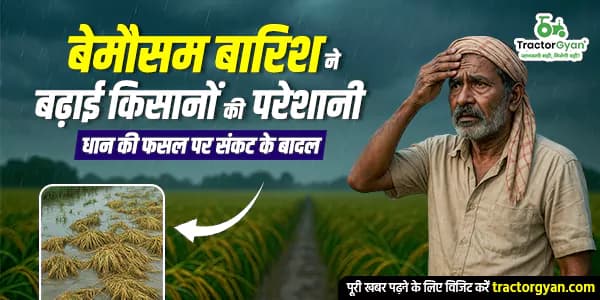
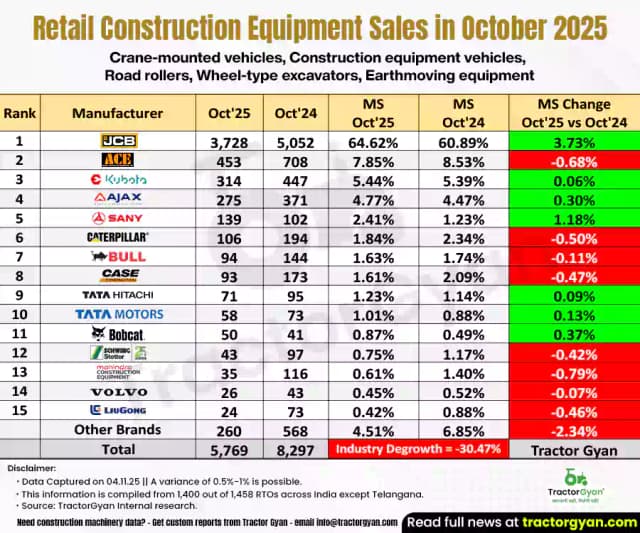
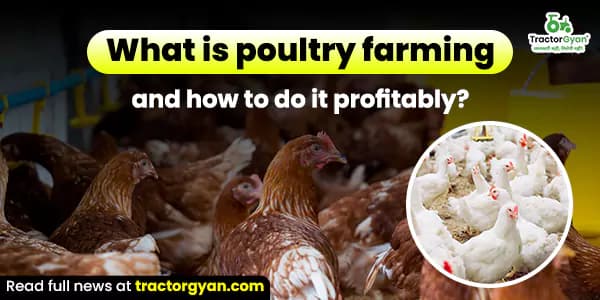

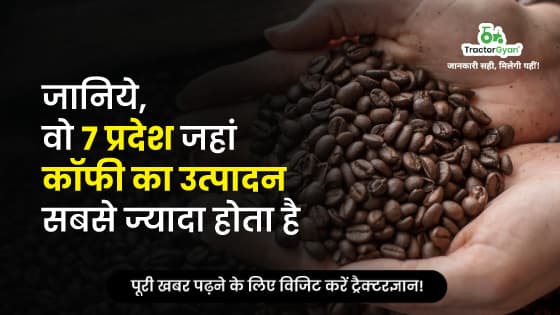

.webp&w=3840&q=75)

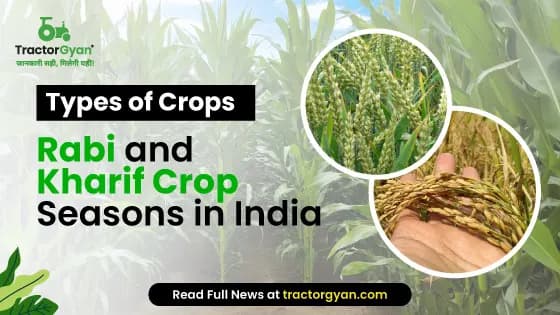
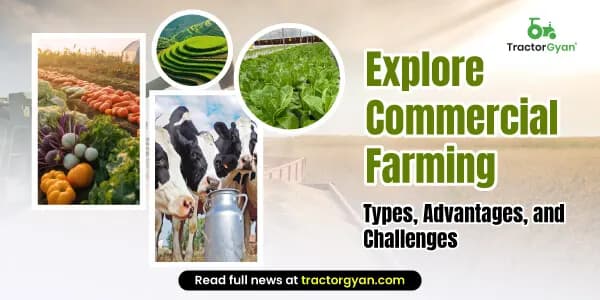

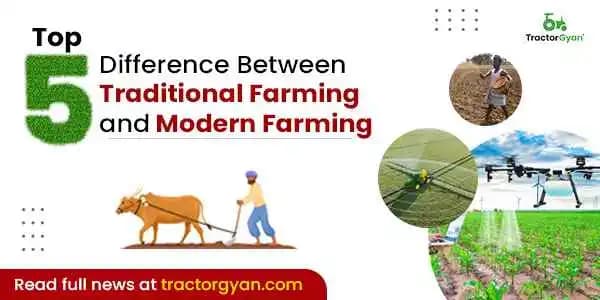





.webp&w=3840&q=75)
.webp&w=3840&q=75)







